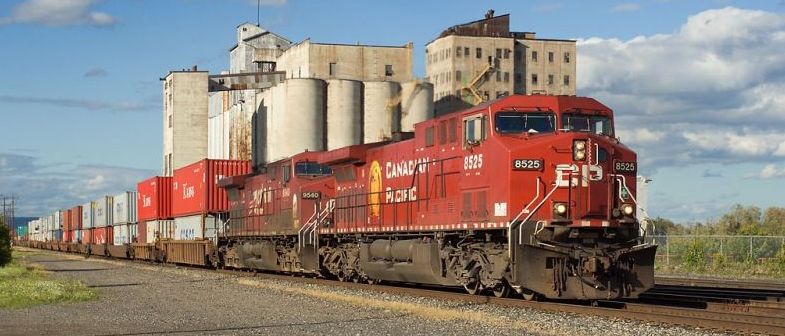
Train Addiction Help Line: 1.866.840.7777
American Z Line (AZL) - Z Scale - Alco Coal Big Boy 4-8-8-4 Steam Locomotive - Union Pacific # - (SKU 163-170BB-1)
Available On: December 1, 2011

After introducing the first Challenger-type (4-6-6-4) locomotives in 1936, the Union Pacific Railroad found that it needed a locomotive with still greater sustained tractive effort and horsepower to eliminate doubleheading and helper operations on the Wasatch grades in eastern Utah and western Wyoming. In collaboration with the American Locomotive Company, the UP's design team, headed by Otto Jabelmann, re-examined the original Challengers designed by A.H. Fetters. They found that by increasing the firebox to approximately 235 by 96 inches (6.0 m × 2.4 m) (about 155 sq ft/14.4 m2), lengthening the boiler, adding four driving wheels and reducing the size of the driving wheels from 69 to 68 in (1.753 to 1.727 m), they could achieve that goal.
The Big Boys were the only locomotives to have the 4-8-8-4 wheel arrangement, combining two sets of eight driving wheels with both a four-wheel leading truck for stability entering curves and a four-wheel trailing truck to support the large firebox.
The Big Boys were specifically designed to pull a 3,600 short ton (3,300 t) freight train over the long 1.14% grade of the Wasatch Mountains in Utah. Before their arrival, Helpers were needed. Adding and removing helpers from a train slowed them down. For such locomotives to be worthwhile, they had to be faster and more powerful than slow mountain luggers like the earlier compound 2-8-8-2s that Union Pacific ("UP") tried after World War I. To avoid locomotive changes, the new class would need to pull long trains at sustained speed—60 miles per hour (100 km/h)—once past the mountain grades. Towards the end of the 4000's career (in the late 1950s) it was found that they could still pull more than their rated tonnage of 3,600 tons (3,300 t). Their ratings were increased several times until they regularly pulled 4,450 short tons (4,040 t) up the Wasatch grade, unassisted.
They are articulated, per the Mallet locomotive design, but used simple (single) rather than double expansion, unlike the original Mallet design.
They were designed for stability at 60 miles per hour (100 km/h). They were built with a heavy margin of reliability and safety, as they normally operated well below that speed in freight service. Optimal horsepower was achieved at about 35 mph (56 km/h); optimal tractive effort, at about 10 mph (16 km/h).
25 Big Boys were built, in two groups of ten and one of five. All were coal burning, with large grates to burn low quality Wyoming coal from mines owned by the railroad. One locomotive, #4005, was experimentally converted to oil. Unlike experience with the Challenger types, this was not successful, and the locomotive was soon changed back to coal. The cited reason for this failure was the use of a single burner, which, with the Big Boy's large firebox, created unsatisfactory and uneven heating. It is unknown why multiple burners were not employed, though with dieselization in full swing after 1945 the company probably lost interest in further development of steam.
Postwar increases in the price of both coal and labor and the efficiency of diesel-electric motive power foretold a limited life for the Big Boys, but they were among the last steam locomotives taken out of service. The last revenue train hauled by a Big Boy ended its run early in the morning on July 21, 1959. Most were stored operational until 1961, and four remained in operational condition at Green River, Wyoming until 1962. Their duties were assumed by diesels and turbines.
Features:
►New Brass Tooling
►Tender wheel electrical pick-ups
► Working Light
►Traction tire
► Highly detailed
Price TBA